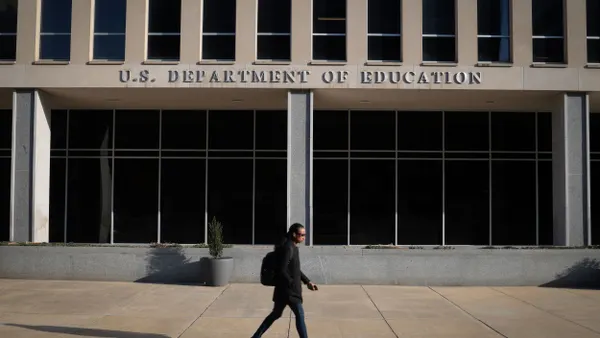Dive Brief:
- Miriam Bogler has always tapped into a project-based learning (PBL) style of teaching with her students, when introducing them to new computer and robotics skills. PBL puts children in the driver seat of their own learning, which they enjoy, she writes in eSchool News.
- Collaboration is crucial to the PBL process so that students can learn from each other, and also feel comfortable sharing as they work together. Students, who may be used to working alone, sometimes need guidance in learning how to work in teams.
- Successful PBL outcomes also requires that teachers have the proper training so that they can support students as they move through projects at their own speed, and in their own way. Finding help online through tools like Project Pals, lets teachers — and pupils — track progress on student assignments.
Dive Insight:
While PBL is a popular idea in education today, it nevertheless is not a plug-and-play concept. Curriculum administrators can’t just buy extra materials, hand them to teachers, and expect PBL outcomes to flourish.
To use a PBL-style of teaching properly in classrooms, teachers need to buy into the idea as well. Administrators also must make sure they provide educators the training and support needed to turn a classroom into a flourishing PBL environment. If they don't there's a risk teachers may not have the energy and focus that's needed for PBL projects to fly.
Because educators must also increase the time they spend in both preparing instructional lessons and supporting student learning when running a PBL classroom, burnout is a real concern as well, Education Dive has noted. But teachers who know they have support from administrators are more likely to get a PBL approach to work in their district successfully.





 Dive Awards
Dive Awards





